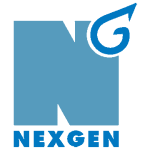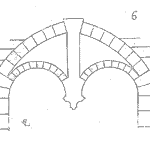
For many in the maintenance field, the day-to-day tasks can feel routine. Fix a leaky faucet, replace a worn belt, and ensure everything is running smoothly – it’s a process that becomes second nature. But beneath the surface of these seemingly straightforward actions lies a critical component that can safeguard both worker safety and equipment longevity: the MSDS sheet, also known as the Safety Data Sheet (SDS). Let’s learn what does MSDS stand for. [Read more…]













